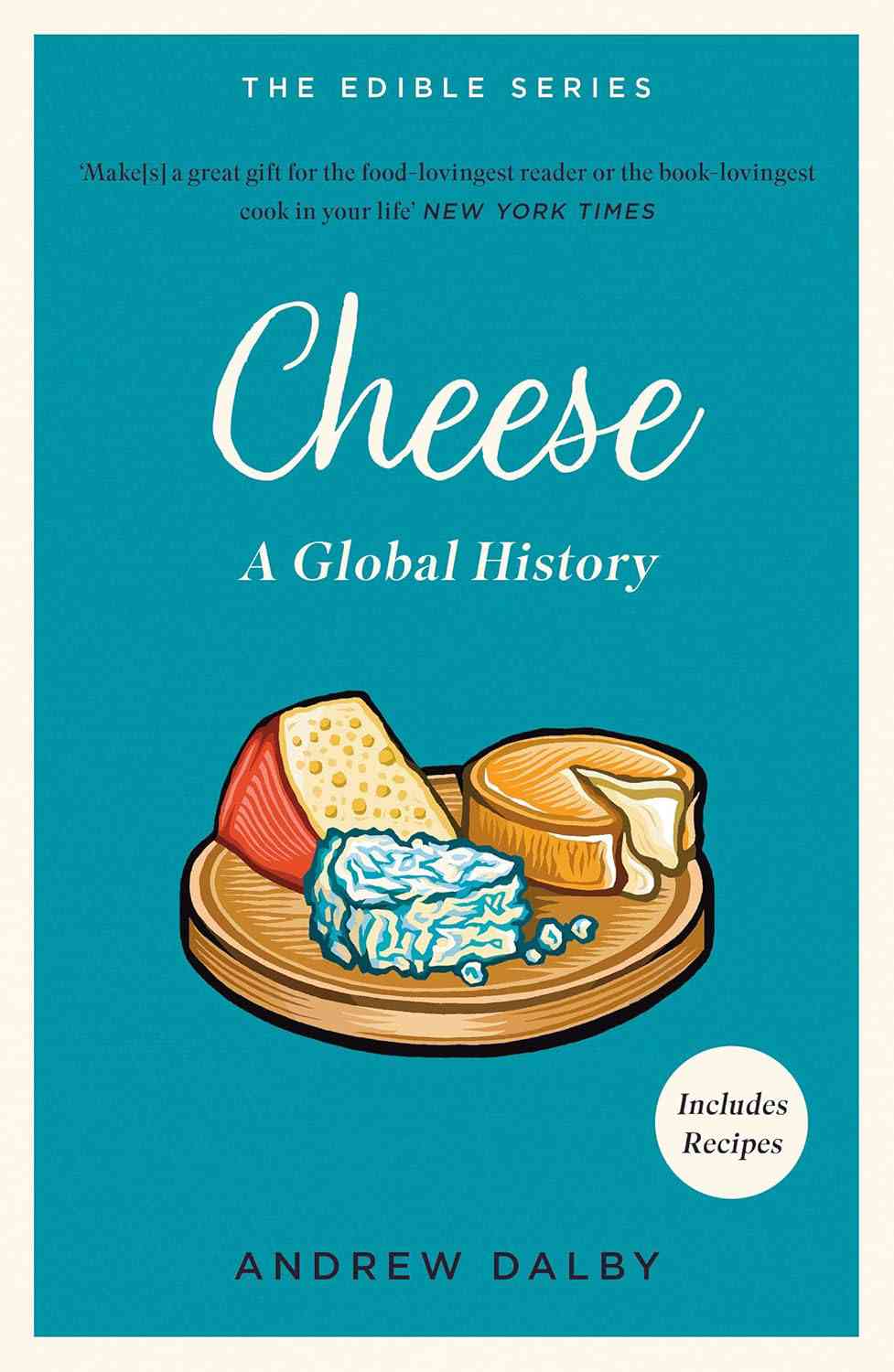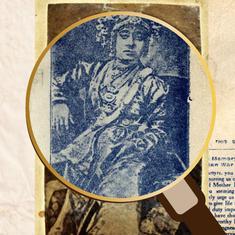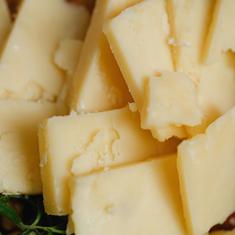Cheese is more than a simple food; it is also a culinary ingredient, and has been so at least since its appearance in “the oldest cookbook in the world”, the Akkadian cuneiform tablet (now at Yale University), whose recipe for stewed kid incorporates cheese as a flavouring. In ancient Greek cuisine, likewise, cheese was used in savoury dishes – as shown by an early Athenian comedy in which a fictional nouvelle cook of about 300 BC announces, with a nod to current culinary gurus, that cheese has become an old-fashioned flavouring:
“These men have wiped out the old hackneyed seasonings from the books, and made the pestle and mortar disappear from our midst; I mean cumin, vinegar, silphium, cheese, coriander, the seasonings that Kronos used.” A little earlier Archestratos, the gastronomic poet of Greek Sicily, while dismissing cheese as an ingredient with delicate fish, recommended it for coarse-fleshed fish:
“When Orion is setting in the sky and the mother of the grape-clusters sheds her ringlets, then take a baked sarg well sprinkled with cheese, good-sized, hot, slashed with sour vinegar because it is naturally coarse. Remember this, and treat everything in the nature of tough fish similarly.” When not bowing to culinary fashion, the Greeks used cheese in sauces for meat (“Hyposphagma for roast meat: the blood to be blended with honey, cheese, salt, cumin, silphium – these heated together”) and vegetables; cheese was among the ingredients in thria, the ancient version of the modern dolmades. Classical Rome, too, made good use of cheese in savoury cuisine, as can be seen from the recipe book Apicius. The limited evidence suggests that cheese was even more common in ancient breads, cakes and sweets. It was sometimes added to bread dough before baking; other uses range from cheese-and-sesame sweetmeats deep-fried and rolled in sesame seeds, served at a lavish poetic banquet of around 350 BC, by way of the pancakes known as staititas (“the wet batter is poured on to a frying pan, and honey and sesame and cheese are added”) to the very complicated so-called cheesecake, placenta, for which a painstaking recipe is given in the early Roman farming manual by Cato. He calls for sheep’s-milk cheese that is fresh and not acid.
Cheese found fewer uses in medieval cuisine: this may reflect the growing ambivalence about its dietary qualities. But it does occur in medieval cookery texts. Arab cookbooks sometimes specify Sicilian cheese. They do not say why, but having travelled some distance, slowly, from Sicily, and having been prepared for this journey, it will have been a mature and hard cheese, perhaps a grating cheese. European medieval recipes sometimes call for “fresh” or “dry” cheese, for sheep’s or goat’s-milk cheese, but they do not specify geographical origins. The one exception to this rule is not a cookbook, though it offers a detailed recipe: it is a satirical poem by a Byzantine monk, describing a remarkable mono-kythron, a one-pot dish, served in a refectory, that incorporates two or three kinds of cheese and much else:
Then comes in a nice monokythron, slightly blackened on the top, preceded by its aroma. If you like I’ll tell you all about this monokythron. Four hearts of cabbage, fat and snowy white; a salted neck of swordfish; a middle cut of carp; about twenty glaukoi [unidentified small fish]; a slice of salt sturgeon; fourteen eggs and some Cretan cheese and four apotyra [possibly anthotyra, little new cheeses; possibly something else] and a bit of Vlach cheese and a pint of olive oil, a handful of pepper, twelve little heads of garlic and fifteen chub mackerels, and a splash of sweet wine over the top, and roll up your sleeves and get to work – just watch the mouthfuls go.
How realistic this may be we cannot tell, but it suggests a well-developed trade in cheese in the Byzantine Empire of the twelfth century, with Vlach cheese (produced by trans-humant shepherds in the Balkans) making a creative contrast with Cretan cheese, probably matured and stored in brine like modern Feta; that is just the kind of cheese other sources attribute to medieval Crete.
With the coming of the Renaissance, cookbooks and food writing became more detailed and reflective, and specific cheeses are often wanted. We remember Master Chiquart’s insistence on “the very best Craponne cheese, or Brie cheese, or the very best cheese that can be had”. More recent cookbooks run the gamut, from a simple call for cottage cheese or Cheddar to a meticulous insistence, equal to Chiquart’s, on obscure and expensive varieties.

Excerpted with permission from Cheese: A Global History, Andrew Dalby, PanMacmillan.










